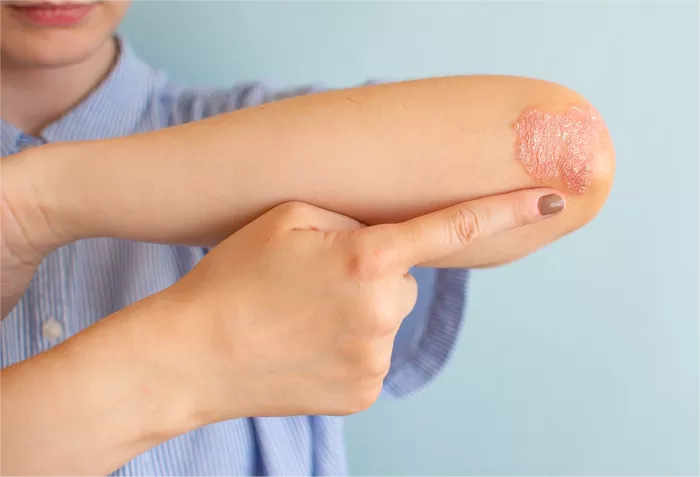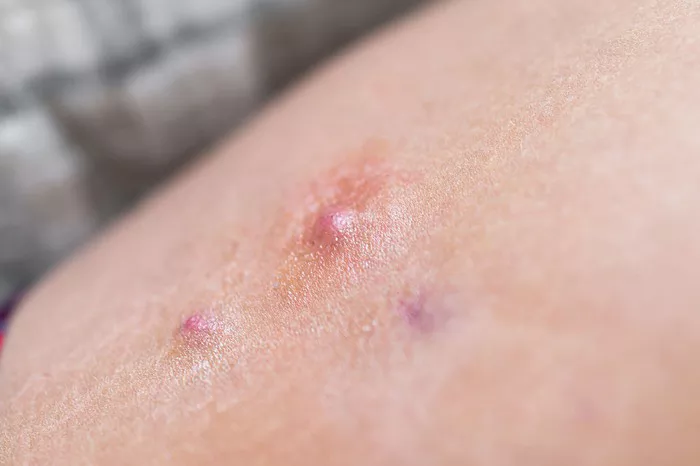Ringworm, despite its misleading name, is not caused by a worm but rather by a fungus. This fungal infection can affect the skin, scalp, and nails, causing discomfort and embarrassment for those afflicted. One common question that arises when seeking treatment for ringworm is whether it burns during the healing process. In this comprehensive article, we will debunk myths surrounding ringworm treatment and delve into the nuances of why burning sensations may or may not occur during treatment.
Understanding Ringworm: Causes and Symptoms
Before delving into treatment options, it’s essential to understand what ringworm is and how it manifests. Ringworm, medically known as dermatophytosis, is a contagious fungal infection that can affect the skin, scalp, and nails. Contrary to popular belief, ringworm is not caused by a worm but rather by various types of fungi, including Trichophyton, Microsporum, and Epidermophyton.
Ringworm typically presents as red, scaly patches on the skin that may itch or cause discomfort. In some cases, the affected area may develop a raised, ring-like border, hence the name “ringworm.” However, the appearance of ringworm can vary depending on the location and severity of the infection.
Common Treatment Approaches
Treating ringworm usually involves a combination of topical antifungal medications, oral antifungal medications, and good hygiene practices. Over-the-counter antifungal creams, such as clotrimazole and terbinafine, are often effective for mild cases of ringworm. These creams are applied directly to the affected area and typically need to be used for several weeks to completely eradicate the fungus.
In more severe cases or when the infection affects the scalp or nails, oral antifungal medications may be prescribed by a healthcare professional. These medications, such as fluconazole or griseofulvin, work systemically to target the fungal infection from within the body.
Additionally, maintaining good hygiene practices, such as keeping the affected area clean and dry, can help prevent the spread of ringworm and aid in the healing process.
Debunking the Myth of Burning Sensations
One common misconception about ringworm treatment is that it causes a burning sensation. While some individuals may experience mild discomfort or itching during treatment, a burning sensation is not a typical symptom of ringworm treatment.
The sensation of burning during ringworm treatment may be due to several factors:
1. Sensitivity to Medications: Some individuals may be more sensitive to certain antifungal medications, particularly those applied topically. While these medications are generally well-tolerated, they may cause mild irritation or discomfort in some individuals.
2. Skin Irritation: Ringworm lesions can already cause irritation and itching, and applying antifungal creams or solutions may exacerbate these symptoms temporarily. However, this does not necessarily indicate that the treatment is causing a burning sensation but rather that the affected area is already inflamed.
3. Reaction to Other Ingredients: Some antifungal creams and solutions contain additional ingredients, such as alcohol or fragrance, which may cause a stinging or burning sensation, particularly in individuals with sensitive skin.
Tips for Minimizing Discomfort During Treatment
While experiencing discomfort during ringworm treatment is not uncommon, there are steps you can take to minimize these symptoms:
1. Choose the Right Medication: If you experience significant discomfort with a particular antifungal medication, discuss alternative options with your healthcare provider. There are several types of antifungal medications available, and finding the right one for your skin type and sensitivity is essential.
2. Keep the Affected Area Clean and Dry: Proper hygiene can help prevent further irritation and promote healing. Wash the affected area with mild soap and water, and pat it dry gently with a clean towel.
3. Avoid Scratching: While it may be tempting to scratch the affected area, doing so can worsen symptoms and prolong healing. Keep your nails trimmed short to reduce the risk of inadvertently scratching the skin.
4. Use Moisturizer: If your skin becomes dry or flaky during treatment, consider using a gentle moisturizer to soothe irritation and prevent further drying.
When to Seek Medical Attention
While mild discomfort or itching during ringworm treatment is common, certain symptoms may indicate a more serious complication or allergic reaction. Seek medical attention if you experience:
- Severe burning or pain at the site of application
- Swelling, redness, or warmth around the affected area
- Development of blisters or oozing lesions
- Signs of a systemic allergic reaction, such as difficulty breathing or swelling of the face or throat
Conclusion
In conclusion, while ringworm treatment may cause mild discomfort or itching in some individuals, experiencing a burning sensation is not typical and may indicate an underlying issue such as sensitivity to medication or skin irritation. By understanding the common misconceptions surrounding ringworm treatment and following proper hygiene practices, individuals can effectively manage symptoms and promote healing. If you experience severe or persistent symptoms during treatment, consult with a healthcare professional for further evaluation and management.
Related Topics:



























